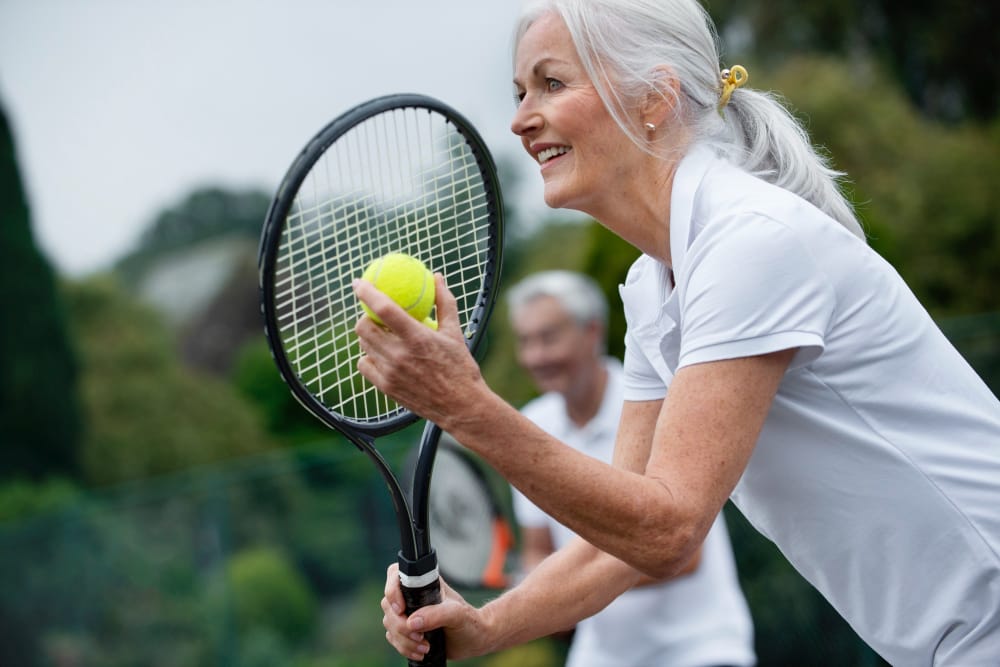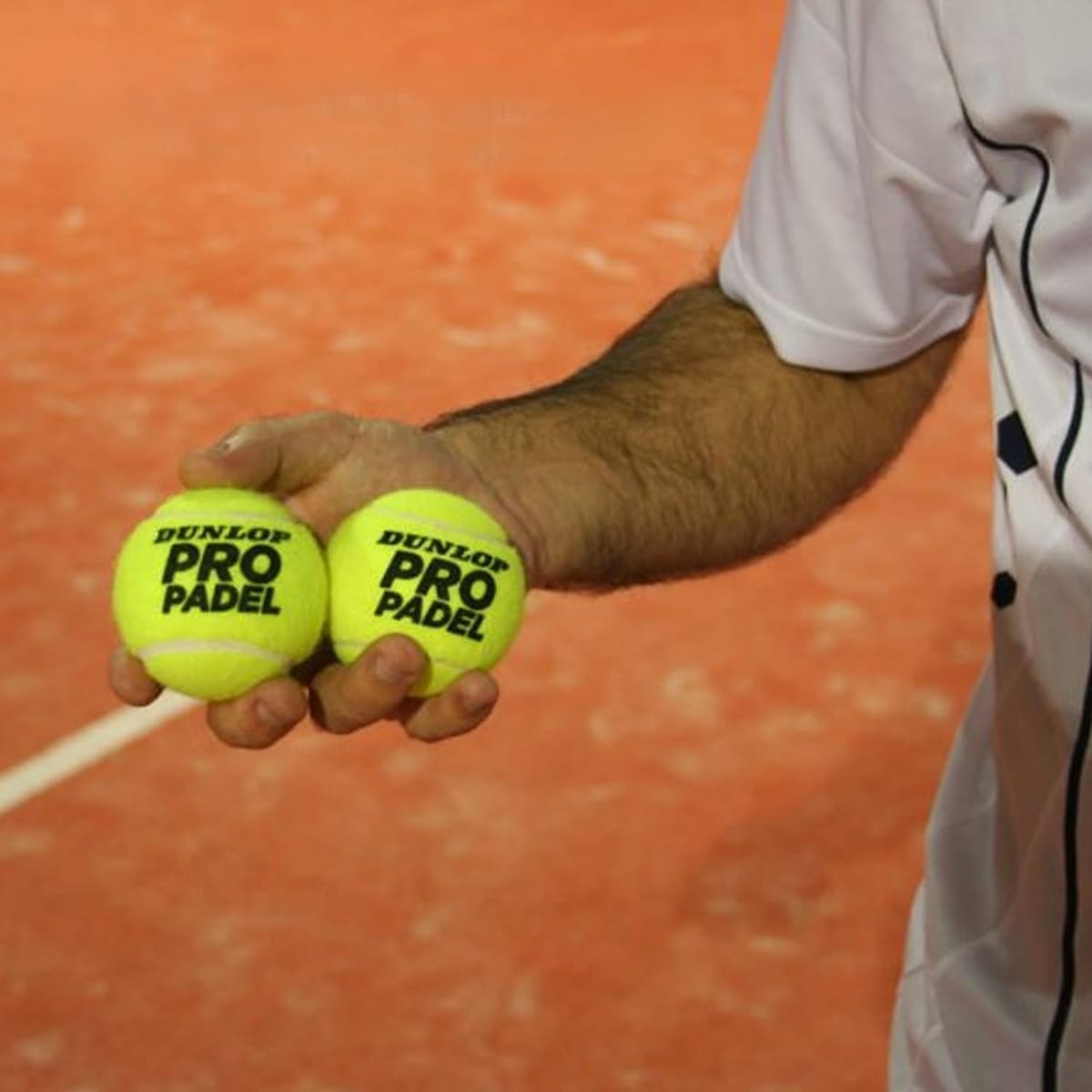Key Takeaways:
- Padel ball is a unique racket sport combining elements of tennis and squash.
- It is typically played in doubles on an enclosed court with surrounding glass walls and metallic mesh.
- Padel balls are similar to tennis balls but have less pressure, making them bounce differently.
Introduction to Padel Ball
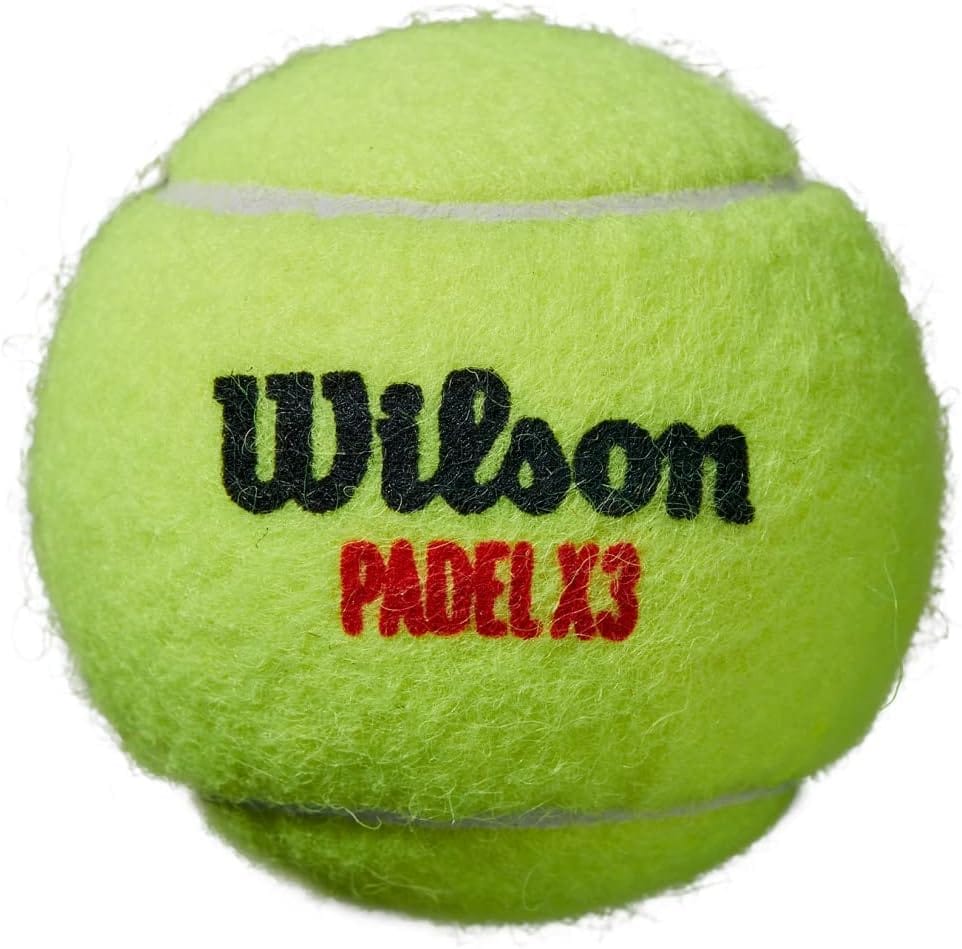
Padel ball, often referred to as padel tennis, is an exciting and addictive sport that has been gaining popularity worldwide. Combining the best elements of tennis and squash, padel uses a low-compression tennis ball. The tennis ball used in padel has unique characteristics such as low compression, making it ideal for playing shots off the surrounding glass walls. Padel is typically played in doubles on an enclosed court. The sport’s unique dimensions and rules make it a thrilling game for players of all ages and skill levels.
The Enclosed Court
Padel is played on an enclosed court that is smaller than a conventional tennis court. The court is surrounded by glass walls and metallic mesh, which play a crucial role in the game. These walls allow the ball to bounce off them, adding a unique dimension to the sport over conventional tennis. The enclosed nature of the court ensures longer rallies and a more engaging playing experience.
Padel Balls vs. Tennis Balls
One of the key differences between padel and tennis is the type of ball used. Padel balls are similar to low-compression tennis balls but have less internal pressure. This lower pressure results in a different bounce, which is essential for the unique gameplay of Padel. The ball’s outer shell is also slightly different, designed to withstand the rigors of bouncing off the walls and mesh.
Padel Rackets
Padel rackets, or racquets, are another distinctive feature of the sport. Unlike tennis rackets, padel rackets are solid and perforated, without strings. They are typically smaller and lighter, making them easier to handle and maneuver. The design of the padel racket allows for greater control and precision, which is crucial for the fast-paced nature of the game.
The Service Box and Net Dividing
The service box in Padel is similar to that in tennis but with some key differences. The serve must be made underhand, and the ball must bounce in the service box before being returned. The net dividing the court is also lower than in tennis, which affects the trajectory and speed of the ball. These elements combine to create a unique and challenging playing field.
Padel Rules and Scoring
Padel's rules are straightforward but add an interesting twist to the game. Matches are typically played in doubles, and the scoring system is similar to tennis. However, padel introduces the "golden point" rule, where a decisive point is played when the score reaches deuce. This rule adds an extra layer of excitement and strategy to the game.
The Professional Padel Circuit
The professional Padel circuit, known as the World Padel Tour, showcases the best Padel players from around the globe. This tour has helped elevate the sport's profile and attract a growing fan base. The International Padel Federation serves as the governing body, ensuring that the sport's rules and standards are maintained at the highest level.
Padel Courts: Indoor and Outdoor
Padel can be played on both indoor and outdoor courts. Outdoor courts are popular in regions with favorable weather, while indoor courts provide a controlled environment for year-round play. The choice between indoor and outdoor courts can affect the game's dynamics, with factors like wind and lighting playing a role in outdoor matches.
The Unique Dimension of Padel
The unique dimensions of the padel court, which are smaller compared to tennis courts, contribute to the sport’s appeal. The smaller court size and enclosed nature create a more intimate and fast-paced game. Players must be quick on their feet and have excellent reflexes to succeed. The surrounding glass walls and metallic mesh add an extra layer of strategy, as players can use them to their advantage.
Padel Equipment
The equipment used in the padel is designed to enhance the playing experience. Padel rackets are crafted for precision and control, while padel balls are engineered for optimal bounce and durability. Proper footwear is also essential, as the court surface can be demanding on the feet. Investing in quality equipment can significantly improve a player's performance and enjoyment of the game.
The Growing Popularity of Padel
Padel is one of the fastest-growing sports in the world, with a rapidly expanding player base. Its popularity is fueled by its accessibility and the fun, social nature of the game. Padel is easy to learn but challenging to master, making it appealing to both beginners and seasoned athletes. The sport's growth is evident in the increasing number of padel courts and clubs worldwide.
Padel in the Middle East
The Middle East has seen a surge in padel's popularity, with new courts and clubs opening regularly. The region's favorable climate makes it ideal for outdoor play, and the sport's social aspect resonates with the local culture. Padel tournaments and events are becoming more common, attracting players and fans from across the region.
Important Skills in Padel
Success in padel requires a combination of physical and mental skills. Quick reflexes, agility, and hand-eye coordination are crucial for reacting to the ball's unpredictable bounces. Strategic thinking and teamwork are also essential, as padel is typically played in doubles. Communication and coordination with a partner can make or break a match.
The Addictive Nature of Padel
Padel's addictive nature lies in its blend of physical activity and strategic gameplay. The sport's fast pace and dynamic rallies keep players engaged and coming back for more. The social aspect of playing in doubles adds to the enjoyment, fostering camaraderie and friendly competition. Padel's unique combination of elements makes it a sport that players quickly fall in love with.
Differences Between Padel and Tennis
While Padel shares similarities with tennis, there are key differences that set it apart. The enclosed court, surrounding glass walls, and metallic mesh create a distinct playing environment. The low-compression tennis ball used in Padel, combined with solid rackets, allows for unique shots off the glass walls, contributing to the unique gameplay. These differences make Padel a fresh and exciting alternative to conventional tennis.
The Role of the International Padel Federation
The International Padel Federation plays a crucial role in promoting and regulating the sport. As the governing body, it oversees the rules and standards of padel, ensuring consistency and fairness in competitions. The federation also works to expand the sport's reach, supporting the development of new courts and clubs around the world.
Padel's Appeal to All Ages
Padel's appeal extends to players of all ages and skill levels. The sport's accessibility and relatively low physical demands make it suitable for children, adults, and seniors alike. Padel's social nature also makes it a great way to stay active and connect with others. Whether playing casually or competitively, padel offers something for everyone.
The Future of Padel
The future of Padel looks bright, with continued growth and expansion on the horizon. The sport's increasing popularity and the establishment of new courts and clubs indicate a promising trajectory. As more people discover the joys of padel, the sport is poised to become a mainstay in the world of racket sports.
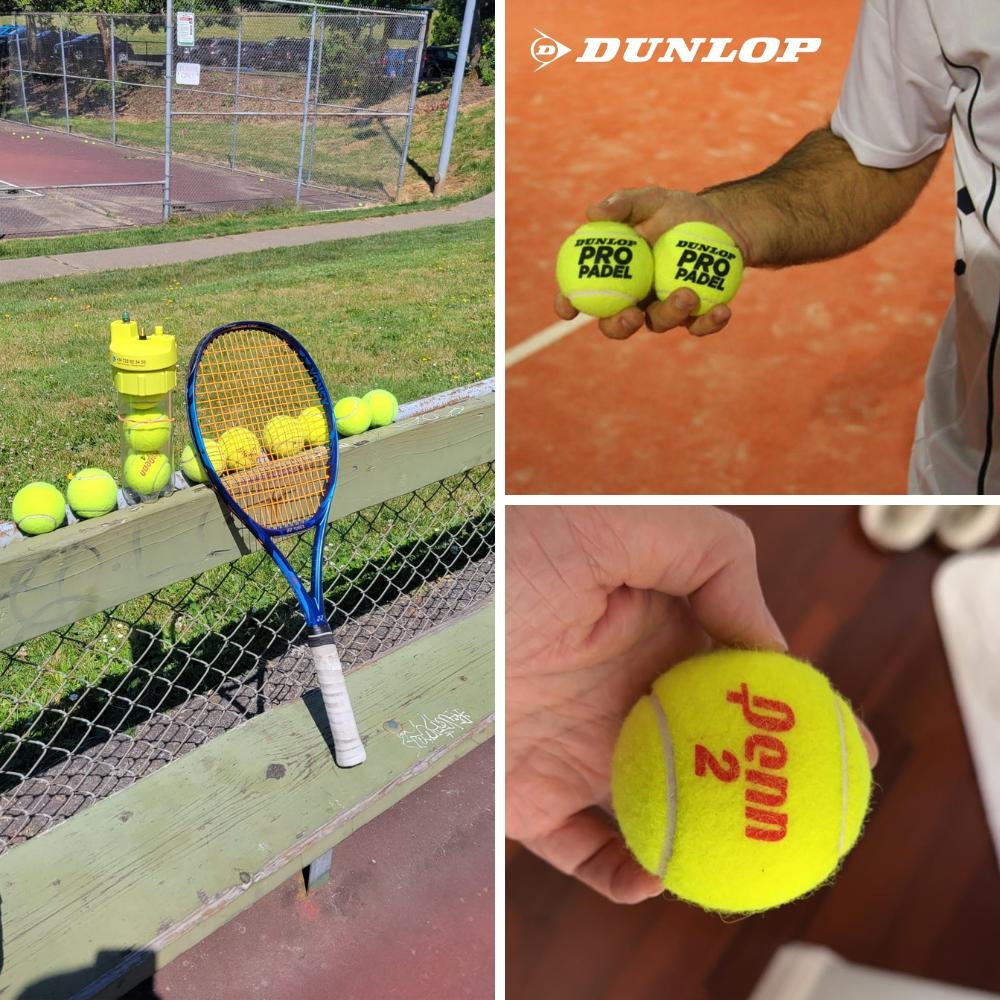
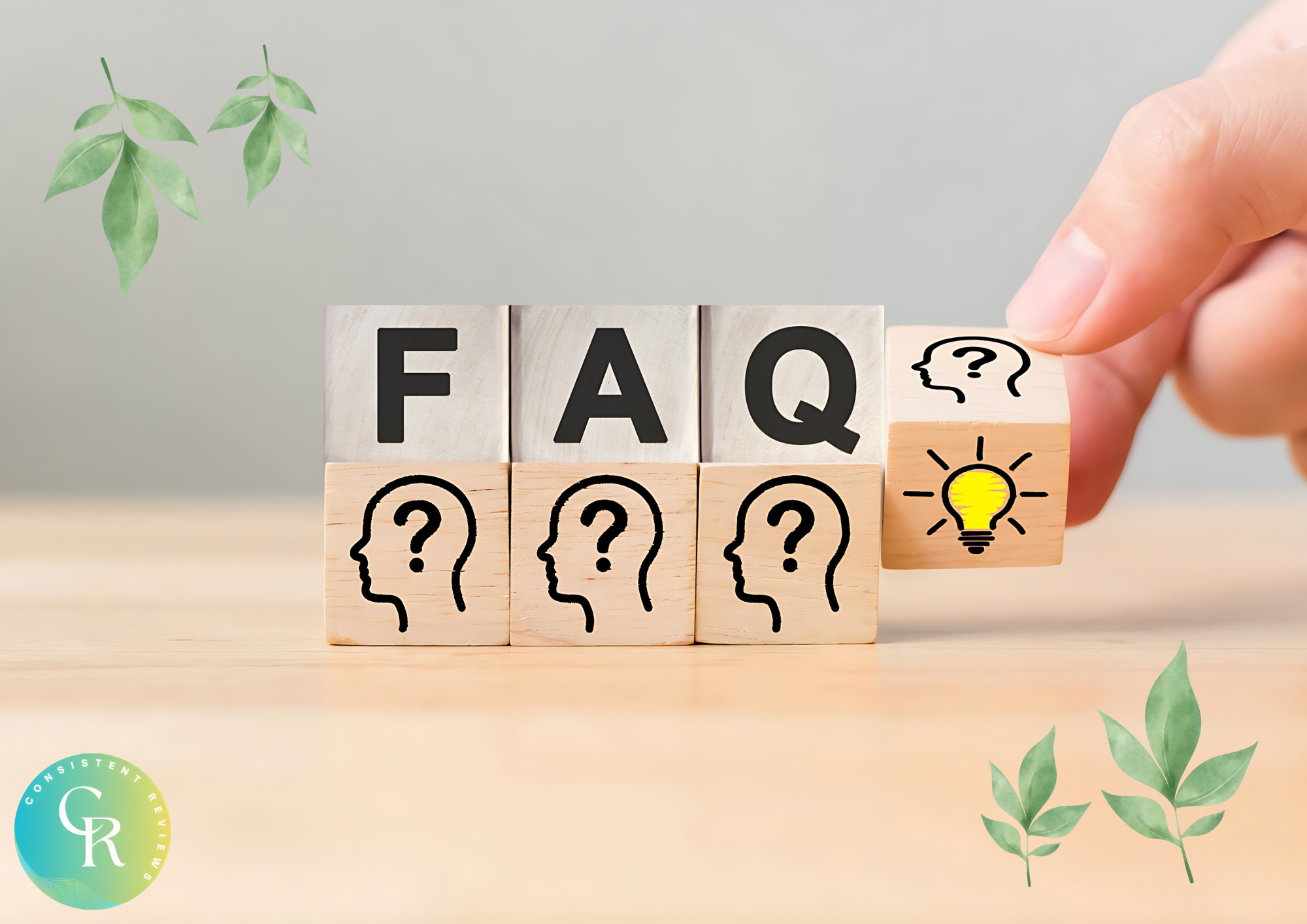
What is the difference between padel and tennis?
Padel is played on a smaller, enclosed court with surrounding glass walls and metallic mesh, compared to the larger, open tennis courts. Padel balls have less pressure than tennis balls, and padel rackets are solid and perforated, unlike stringed tennis rackets. These differences create a unique playing experience in Padel.
Can padel be played indoors and outdoors?
Yes, padel can be played on both indoor and outdoor courts. Outdoor courts are popular in regions with favorable weather, while indoor courts provide a controlled environment for year-round play. The choice between indoor and outdoor courts can affect the game's dynamics, with factors like wind and lighting playing a role in outdoor matches.
What skills are important for playing Padel?
Success in padel requires quick reflexes, agility, and hand-eye coordination. Strategic thinking and teamwork are also essential, as padel is typically played in doubles. Communication and coordination with a partner can significantly impact the outcome of a match.
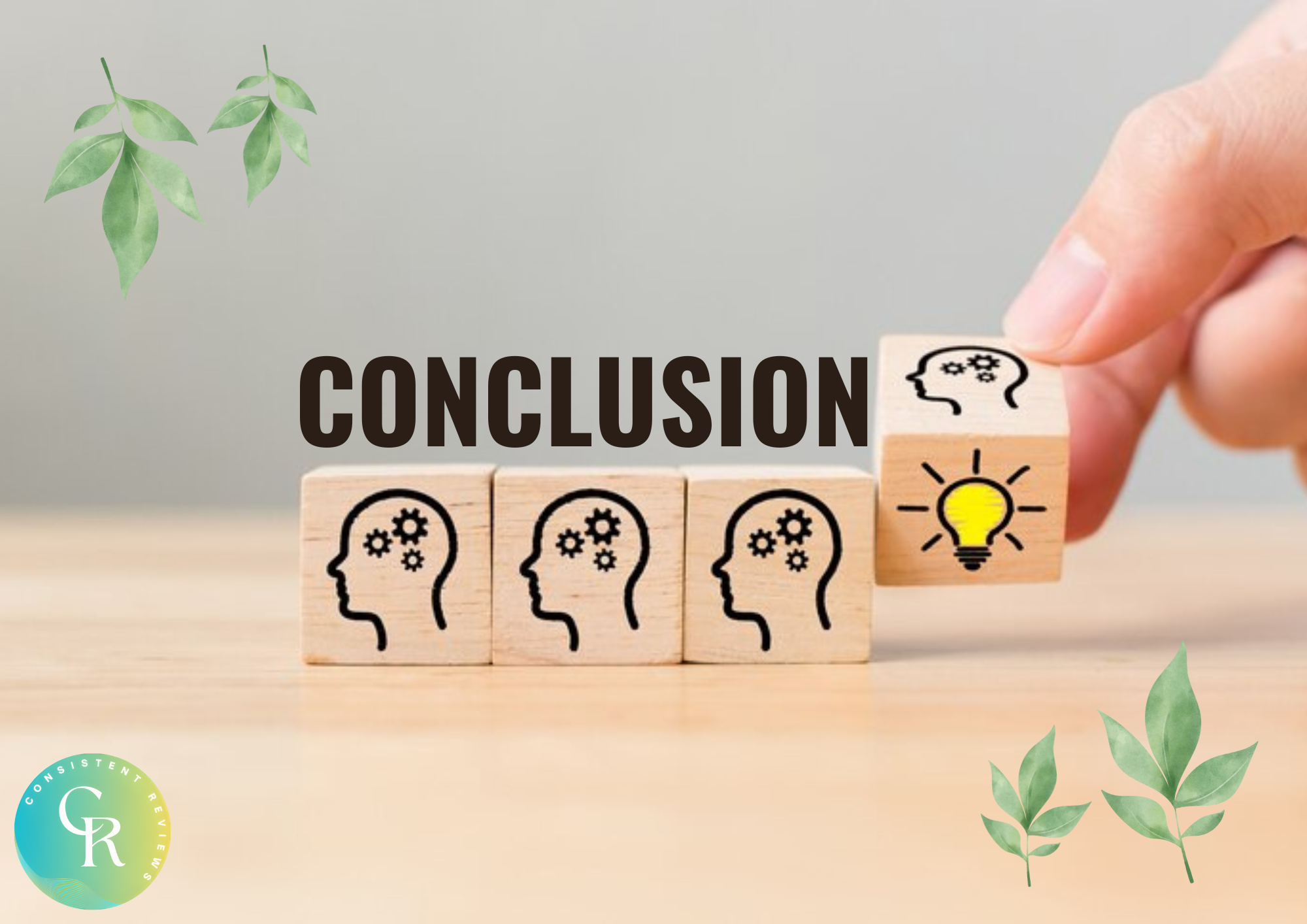
Padel ball is a captivating sport that combines elements of tennis and squash, played on an enclosed court with surrounding glass walls and metallic mesh. The unique dimensions and rules of padel create a fast-paced and engaging game, typically played in doubles. Padel balls, similar to tennis balls but with less pressure, and solid padel rackets are essential equipment for the sport. The growing popularity of Padel is evident worldwide, with the World Padel Tour and the International Padel Federation playing key roles in promoting and regulating the sport. Padel's accessibility, social nature, and addictive gameplay make it a sport that appeals to players of all ages and skill levels.
